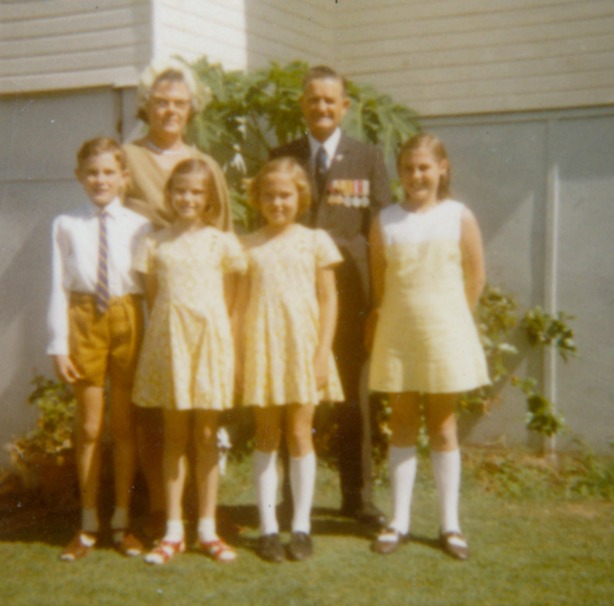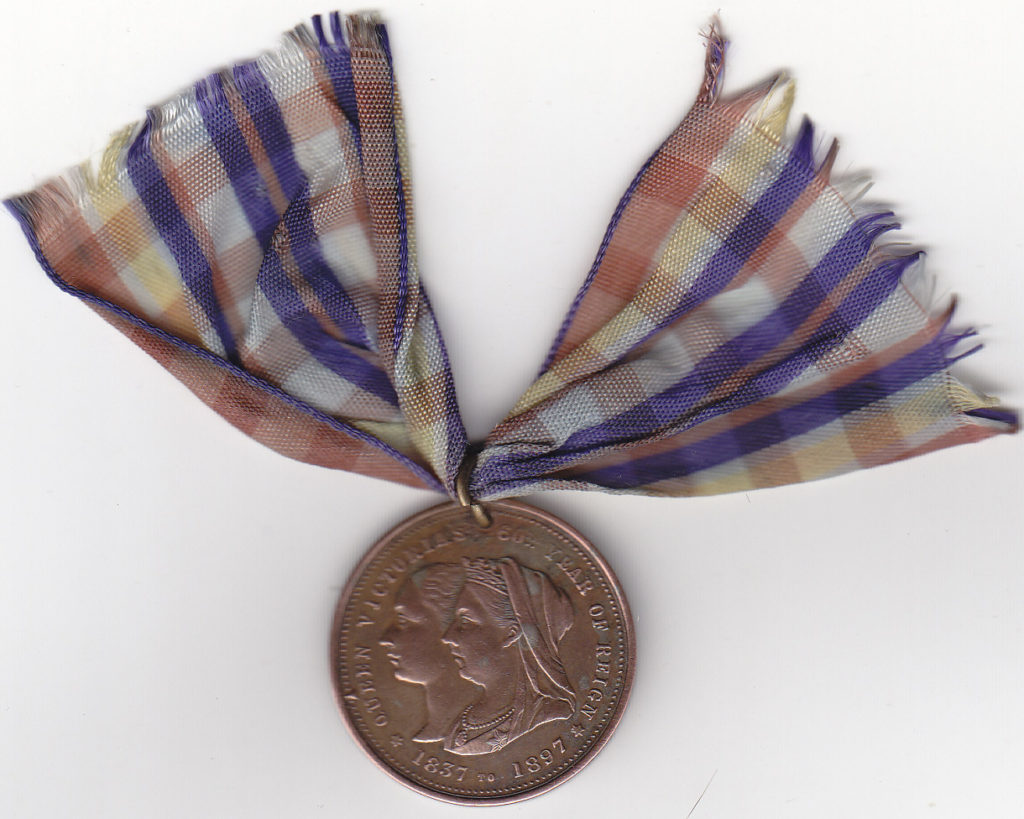We were living at Redcliffe. Mum and Dad used to bring the four of us to the museum for the day and we’d spread out, exploring. It felt a little bit dusty with light streaming in through the lovely old windows. All the nooks and crannies, including the staircases were packed full of exhibits: photography gear, precious stones, minerals, thunder-eggs and crystals. An aeroplane hung suspended from the ceiling between the balconies, tantalisingly close but still out of reach. There were rows of dark, wooden display cases covered with brown, leather blinds and each one was like opening a Christmas present when you pushed it back to reveal what treasure was inside. There was an amazing array of insects: butterflies, beetles, dragonflies; I was glad the one with the spiders was covered so I didn’t have to see them. In some there were birds eggs of all shapes and sizes and colours; in others, a huge variety of seashells. There were old coins and ancient objects from all over the world, and against the walls, taxidermied birds and animals, and a box jellyfish floating broodingly in a tall glass tank. “Mum, Dad, come and look at this!” I’m sure they enjoyed our excitement as much as they enjoyed their own explorations, and enjoy them they certainly did. Dad loved to answer our questions, and give us that little bit of extra information. It was like having our own personal guide. He was like a walking encyclopedia!
Mum always had a picnic prepared and we would eat it under the downstairs balcony near the old army tank and the ancient lung fish. I used to feel sorry for that fish lying there all alone in a tank too small for it to move around in. Then we’d forget about it and go back inside to see some more.
It was always a disappointment when we had to leave—there was so much more to see than you could possibly manage in just one day.
Next time we’d make new discoveries, or go back to our old favourites. And was that mean old jellyfish still there? I can still see it, in my mind, with it’s long, long tentacles pooled at the bottom of its prison. Was it alive, or preserved and floating in alcohol? I don’t know, but it gave me the horrors, anyway.
I’ve always wished I could go back as an adult and explore the old place as it was, with Dad at my side to answer the questions, of course. I’m sure there was something I missed.

Us all, 1969





Recent Comments